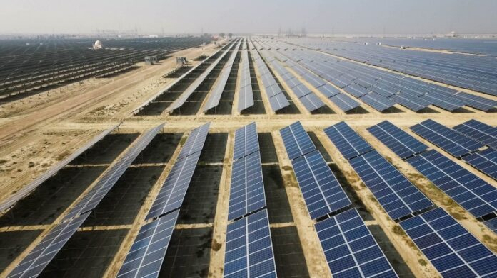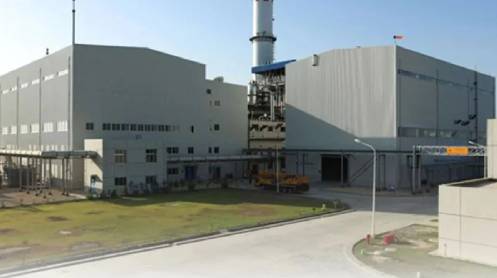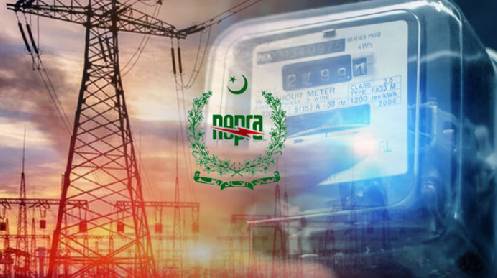ISLAMABAD: The federal government is caught in a quandary regarding the widespread installation of solar systems nationwide. Bureaucracy warns that solarisation could be disastrous for the existing power sector, while politicians in high offices are skeptical of this view.
Interactions with bureaucrats and officials close to politicians reveal that net metering, or solarisation, has become a contentious issue in Islamabad. Bureaucrats are advocating for the ‘Australian Mode’ of net metering and proposing measures to curb its growth, such as reducing buyback rates.
A proposal being considered by Prime Minister Shehbaz Sharif suggests netting consumer bills instead of units, implying higher charges for consumers with adjusted rates for solar generation set by the government. This would result in two invoices: one for imported electricity rates and another for export rates determined by Nepra. However, these proposals face political resistance.
Power Minister Sardar Awais Leghari has directed an investigation into the leakage of solarisation information to the media. The Power Division asserts that the rapid installation of solar systems is akin to adding an Independent Power Producer (IPP) to the grid. However, existing transformers are overburdened, necessitating investment in higher-capacity transformers.
Prime Minister Sharif has instructed the Power Division and Nepra to finalize recommendations on net metering tariff rationalisation. The Power Division has proposed substantial reductions in buyback rates and suggested transitioning to gross billing, creating separate tariff categories, revising net metering regulations, and establishing a dynamic formula for a reasonable payback period.
Despite finalizing these recommendations, the response from top political offices has been lukewarm. On June 1, 2024, Power Minister Leghari discussed the impact of large-scale solar generation under CTBCM in an online meeting.
The NPCC, as the System Operator, has raised concerns about the exponential growth of solar generation, which could lead to operational challenges. Solar generation, expected to be economically viable, may disrupt the system due to limited unit startups allowed under PPAs, necessitating the minimum loading of thermal plants during the day for voltage control.
The NPCC argues that ancillary charges will increase due to additional thermal generation costs, even though solar generation will reduce marginal prices during daytime hours. The operational constraints imposed by PPAs and RLNG flow rate must be considered before making final decisions on solar generation induction.
The NPCC has requested that operational constraints be studied alongside commercial and financial viability when determining the maximum generation induction limit under bilateral contracts and its resource mix.
Story by Mushtaq Ghumman





